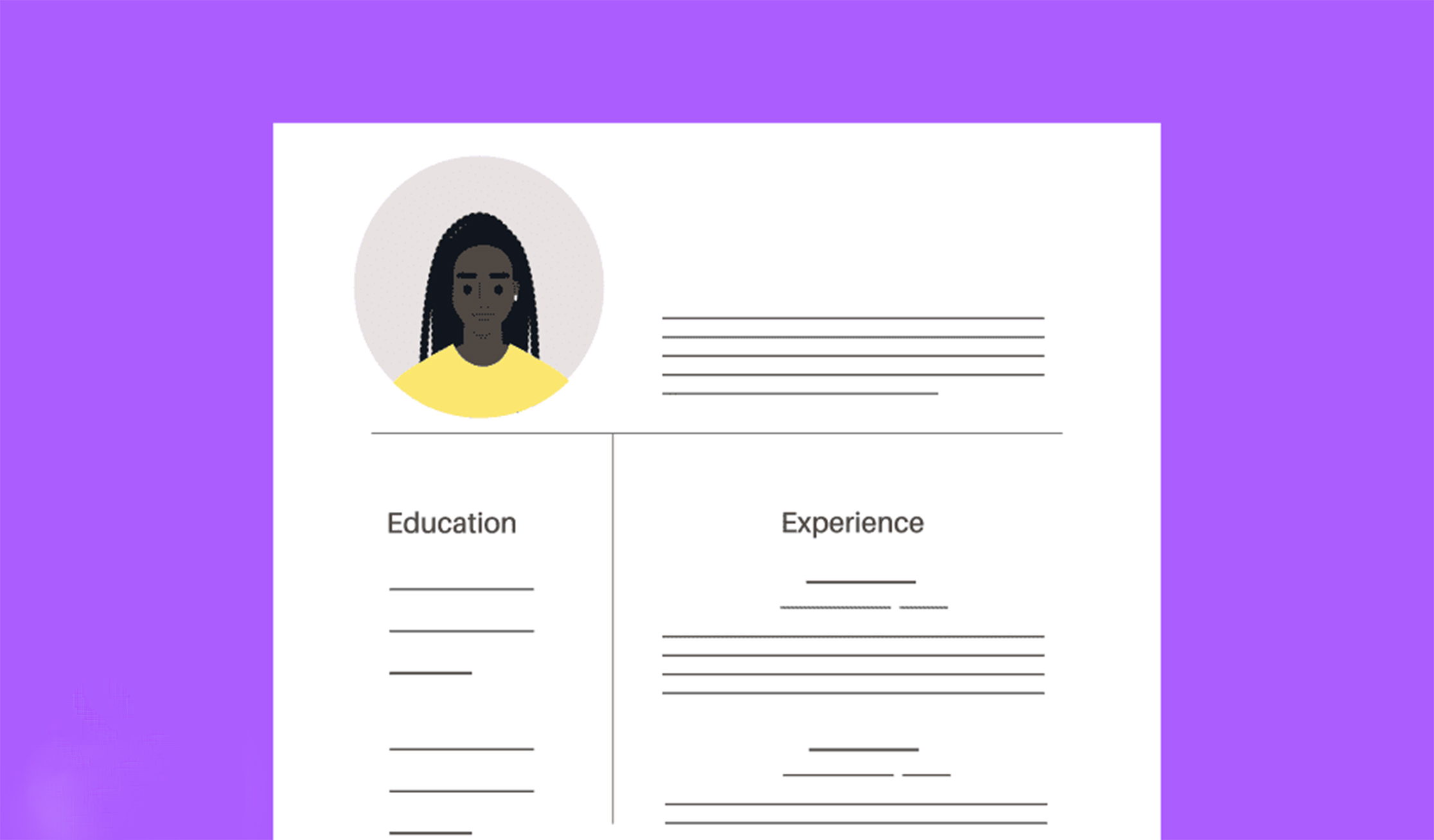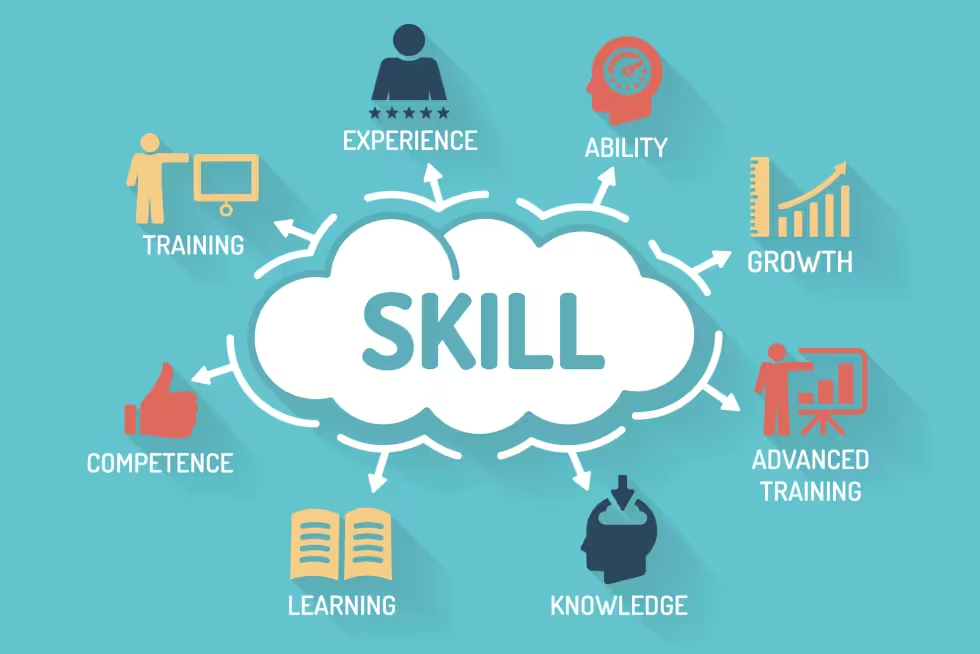
Customizing your resume for specific job applications is crucial in today’s competitive job market. A tailored resume demonstrates to potential employers that you understand their needs and are uniquely qualified to meet them. By highlighting relevant skills, experiences, and achievements, you show that you are the perfect fit for the role.
Increased Chances of Landing an Interview:
Tailoring your resume increases your chances of landing an interview by making your application stand out to hiring managers. When your resume directly addresses the requirements and preferences outlined in the job description, it shows that you have taken the time to understand the role and are genuinely interested in it. This attention to detail and alignment with the employer’s needs make you a more compelling candidate and increase the likelihood of being invited for an interview.

1. Understanding the Job Description:
Thoroughly analyzing the job description is crucial for customizing your resume effectively. It serves as a roadmap for what the employer is seeking in a candidate and provides valuable insights into the responsibilities, qualifications, and expectations for the role.
When reading the job description, pay close attention to specific language and keywords used. Identify key skills, qualifications, and experiences that are mentioned repeatedly or highlighted as “required” or “preferred.” Look for clues about the company culture, values, and goals to tailor your resume accordingly.
Aligning your resume with the job requirements is essential for demonstrating that you have the skills and experiences necessary to excel in the role. It shows that you understand the needs of the employer and are genuinely interested in the position.
By customizing your resume to highlight the most relevant skills and experiences outlined in the job description, you increase your chances of standing out to hiring managers. A tailored resume not only showcases your qualifications but also demonstrates your attention to detail and your commitment to meeting the employer’s needs.
Furthermore, aligning your resume with the job requirements helps you avoid wasting time applying for jobs that aren’t the right fit for your skills and experiences. Instead, you can focus your efforts on opportunities where you are most likely to succeed and thrive.

2. Researching the Company:
Researching the company you’re applying to is vital for tailoring your resume effectively. It demonstrates your genuine interest and commitment, enhances your suitability for the role, and aligns your application with the company’s culture and values.
By understanding the company’s background and industry position, you show that you’re not just looking for any job but are genuinely interested in joining their organization. This can make your application stand out among others.
Furthermore, tailoring your resume to match the company’s objectives and needs highlights your suitability for the role. By showcasing relevant skills and experiences that align with the job description and company requirements, you demonstrate your potential to contribute to their success.
Researching the company also provides insights into its culture, values, and mission. By understanding these aspects, you can tailor your resume to showcase experiences that resonate with the company’s culture. For example, if the company values teamwork, you can highlight collaborative projects you’ve worked on.
To find information about the company, start by exploring its website, focusing on sections like “About Us” and “Mission and Values.” Additionally, read the company’s blog posts, press releases, and news articles to stay updated on recent developments. Following the company on social media platforms and connecting with current or former employees on LinkedIn can also provide valuable insights into its culture and work environment.
Incorporating insights from your research into your resume and cover letter demonstrates your proactive approach and alignment with the company’s goals. It shows that you’re not just applying for a job but are genuinely interested in contributing to the company’s success and culture.

3. Customizing Your Resume/CV Content:
Matching Your Skills and Experiences with the Job Requirements:
To match your skills and experiences with the job requirements, start by thoroughly analyzing the job description. Identify key skills, qualifications, and experiences that the employer is looking for. Then, assess your own skills and experiences to determine which ones align with the job requirements.
For example, if the job description mentions proficiency in project management software and experience leading cross-functional teams, and you have experience using project management software and leading teams in previous roles, highlight these skills and experiences on your resume. Be sure to provide specific examples and achievements that demonstrate your proficiency and success in these areas.
Incorporating Relevant Keywords from the Job Description:
To incorporate relevant keywords from the job description into your resume, carefully review the job posting for specific terms and phrases used by the employer. These keywords are often related to skills, qualifications, and job duties.
For instance, if the job description mentions “digital marketing,” “social media management,” and “SEO optimization,” make sure to include these keywords throughout your resume, particularly in the skills and experience sections. You can also use variations of these keywords to demonstrate your familiarity with related concepts and techniques.
Quantifying Achievements and Results:
Quantifying achievements and results is essential for demonstrating the impact you’ve made in previous roles. Instead of simply listing job duties, quantify your accomplishments whenever possible by using numbers, percentages, or other measurable metrics.
For example, instead of saying “Managed social media accounts,” you could say “Increased engagement on social media platforms by 30% through strategic content planning and audience targeting.” This quantifies the impact of your work and provides concrete evidence of your success.
Quantifying achievements helps hiring managers understand the value you can bring to their organization and sets you apart from other candidates who may only list their job duties. It also demonstrates your ability to deliver results and achieve goals, which is highly desirable to employers.

Tailoring Your Resume/CV Format
Selecting the appropriate resume format is crucial as it determines how your qualifications and experiences are presented to potential employers. Different formats, such as chronological, functional, and combination, emphasize different aspects of your career history and skills.
For instance, if you have a solid work history with relevant experience for the job you’re applying for, a chronological format may be ideal as it highlights your career progression and longevity in previous roles. On the other hand, if you’re transitioning careers or have gaps in your work history, a functional or combination format may be more suitable as it focuses on your skills and abilities rather than your work history.
Tips on Organizing and Structuring Your Resume:
When organizing and structuring your resume, consider the following tips to highlight relevant experiences effectively:
– Start with a Strong Summary or Objective:
Tailor your summary or objective statement to reflect your career goals and how they align with the job you’re applying for. Highlight your most relevant skills and experiences upfront to capture the recruiter’s attention.
– Prioritize Relevant Skills: Customize the skills section of your resume to include skills that are specifically mentioned in the job description. List your most relevant skills at the top of the section to ensure they catch the recruiter’s eye.
– Organize Work Experience: When listing your work experience, focus on highlighting experiences and accomplishments that directly relate to the job you’re applying for. Use bullet points to describe your responsibilities and achievements, and quantify results whenever possible to demonstrate the impact you’ve made in previous roles.
Adjusting Sections to Match Job Requirements:
To adjust sections like the summary, skills, and work experience to match the job requirements, follow these guidelines:
– Summary or Objective:
Customize your summary or objective statement to highlight your most relevant skills and experiences that align with the job requirements. Tailor your language to mirror the keywords and phrases used in the job description to ensure alignment.
– Skills:
Tailor the skills section of your resume to include skills that are specifically mentioned in the job posting. Prioritize skills that are most relevant to the job you’re applying for and provide examples or evidence of how you’ve used those skills in previous roles.
– Work Experience: Customize the work experience section of your resume to highlight experiences and achievements that directly relate to the job you’re applying for. Use keywords and phrases from the job description to describe your responsibilities and accomplishments, and quantify results whenever possible to demonstrate your impact.
By choosing the right resume format, organizing and structuring your resume effectively, and adjusting sections like the summary, skills, and work experience to match the job requirements, you can tailor your resume to make a strong impression on potential employers and increase your chances of landing interviews for your desired job opportunities.

5. Showcasing Your Relevant skills:
Demonstrating your fit for a role through your resume is essential to capturing the attention of potential employers and increasing your chances of landing an interview. Here’s how you can effectively showcase your fit:
a. Highlight Relevant Experiences:
– Tailor your resume to highlight experiences that directly relate to the job you’re applying for. Focus on accomplishments, projects, and responsibilities that demonstrate your ability to excel in the role.
– Use specific examples and quantify your achievements whenever possible to provide evidence of your skills and contributions.
b. Customize Your Skills Section:
– Customize the skills section of your resume to include skills that are specifically mentioned in the job description. Highlight your most relevant skills at the top of the section to ensure they catch the recruiter’s attention.
– Provide examples or evidence of how you’ve used those skills in previous roles to demonstrate your proficiency and expertise.
c. Tailor Your Summary or Objective:
– Customize your summary or objective statement to emphasize your fit for the role. Highlight your relevant experiences, skills, and qualifications, and explain why you’re the ideal candidate for the position.
– Use language that mirrors the tone and keywords used in the job description to ensure alignment with the employer’s expectations.
d. Show Enthusiasm and Passion:
– Showcase your enthusiasm and passion for the role throughout your resume. Use language that conveys your excitement about the opportunity and your desire to contribute to the organization’s success.
– Highlight any relevant industry knowledge, certifications, or extracurricular activities that demonstrate your commitment to the field and your eagerness to learn and grow in your career.
e. Demonstrate Cultural Fit:
– Research the company’s culture, values, and mission, and incorporate relevant information into your resume to demonstrate your cultural fit.
– Highlight experiences or achievements that align with the company’s values and show how you can contribute to its culture and goals.
By effectively showcasing your fit for the role through your resume, you can make a strong impression on potential employers and increase your chances of standing out as a top candidate. Tailoring your resume to highlight relevant experiences, skills, and qualifications, and conveying your enthusiasm and passion for the role can set you apart from other applicants and demonstrate your potential to excel in the position
Conclusion:
Customizing your resume for a specific job is essential for maximizing your chances of success in the competitive job market. Here are the key points to remember:
1. Thoroughly analyze the job description to identify key skills, qualifications, and experiences required for the role.
2. Tailor your resume to highlight relevant experiences, skills, and achievements that directly align with the job requirements.
3. Incorporate keywords from the job description to ensure your resume gets noticed by applicant tracking systems (ATS) and hiring managers.
4. Quantify your achievements and results to demonstrate the impact you’ve made in previous roles.
5. Research the company to understand its culture, values, and mission, and tailor your resume to showcase your fit for the organization.
6. Proofread and edit your resume for errors, clarity, and consistency, and consider having someone else review it for feedback.
Investing time and effort in tailoring your resume for each application is well worth it. A customized resume not only demonstrates your genuine interest in the position but also showcases your qualifications and experiences in a way that resonates with potential employers. It sets you apart from other applicants and increases your chances of securing job interviews.
Remember, your resume is often the first impression you make on employers, so make it count. By customizing your resume to highlight your strengths and align with the needs of the job and company, you position yourself as a top candidate for the role. So, take the time to tailor your resume effectively—it could be the key to unlocking exciting career opportunities.
When you have successfully done this, you can then upload your CV to our Job platform Jobofa, that gives you the privilege of distributing your CV across multiple employer across the globe and grant you an higher chances of getting your dream Job.
Pingback: How to Prepare for an Interview and Ways to Answer Common Interview Questions.
Pingback: Five Ways to Get Your Dream Job Quickly - Jobofa - Let's Get You Hired Fast